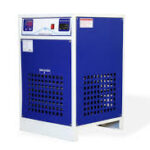Air Cooled Chillers
Air-cooled chillers are refrigeration units that rely on air movement to dissipate heat from the coolant or refrigerant. Unlike water-cooled chillers, they are more suitable for areas with limited water supply.
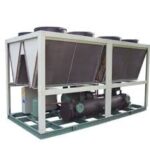
Water Cooled Chillers
Water-cooled chillers are refrigeration systems that utilize water as a cooling medium to remove heat from the refrigerant. They are commonly used in large-scale industrial and commercial applications due to their efficiency.
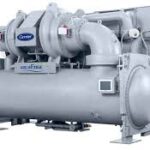
Screw Chillers
Screw chillers are refrigeration systems used for air conditioning and industrial cooling. They operate with screw compressors, which efficiently handle large cooling loads these chillers
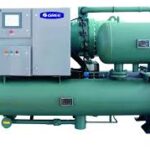
Variable Speed Chillers
Variable speed chillers are designed with VFD-equipped compressors that regulate motor speed automatically, reducing energy consumption and improving system performance.
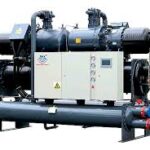
Oil Chiller
Oil chillers regulate the temperature of lubricating oil in heavy machinery. They ensure smooth operation by preventing excess heat buildup. This enhances both efficiency and equipment longevity.
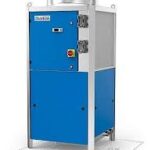
Hydraulic Oil Chiller
Hydraulic oil chillers regulate the temperature of hydraulic oil in industrial systems. They prevent overheating and maintain oil viscosity. This ensures smooth and efficient machinery operation.

Online Chiller
Online chillers use internet connectivity for remote monitoring and efficient cooling. They are ideal for industrial and commercial applications. Smart controls enhance reliability and operational efficiency.
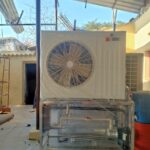
Glycol Chiller
Glycol chillers offer temperature stability using a glycol-water solution. They are widely used in breweries, wineries, and food processing. Effective cooling boosts efficiency and product lifespan.
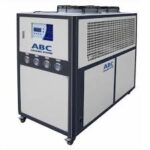
Spindle Chiller
Spindle chillers are vital for cooling high-speed spindles in industrial machines. They maintain stable temperatures for enhanced durability. Efficient cooling prevents spindle failure and downtime.
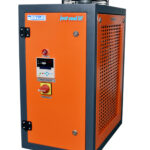
Refrigerated Air Dryer
Refrigerated air dryers provide moisture-free compressed air by cooling it down. Water vapor turns into liquid and is removed. This prevents system corrosion and contamination.
